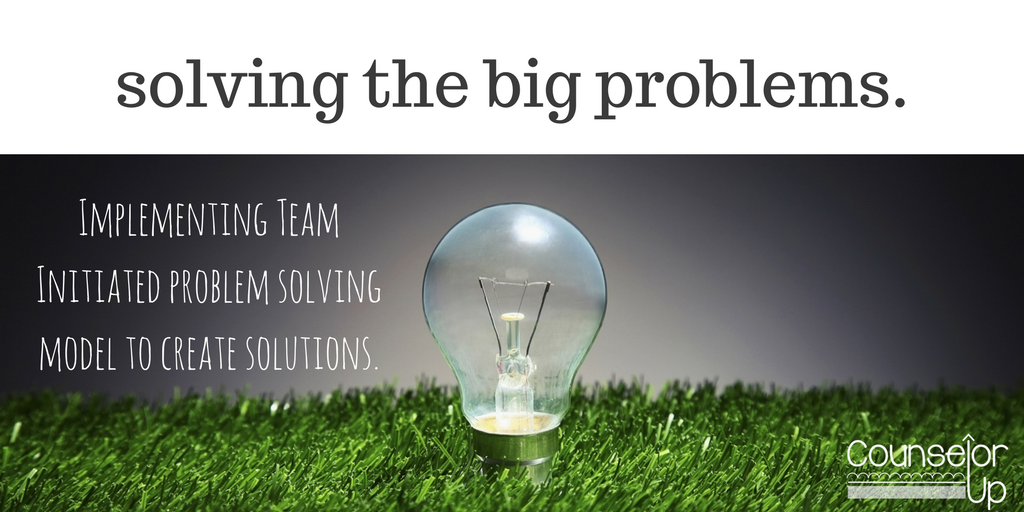Identify Problem with Precision
In our example, the team discovers that the majority of referrals are happening at the end of 3rd grade recess when the 5th graders join them on the playground for a few minutes. The 3rd grade teachers note that many of the behaviors occur when 5th graders join in games that are being played by the 3rd graders.
Identify Goal for Change
Office discipline referrals for 3rd grade students during recess will decrease to one or fewer per month.
Identify Solutions and Implementation Plan
The team brainstorms solutions that might support student behavior. They decide that increased supervision around student-organized play (like basketball) could prevent many of the disagreements that result in office discipline referrals. In addition, the teachers decide that they will review playground expectations daily for one week in both 3rd and 5th grade. Lastly, the counselor contributes that she can teach conflict resolution skills in 3rd and 5th grades. The team writes down the plan and chooses deadlines to ensure that the whole team is working at the same pace.
Implement the Solution with High Integrity
So what if your team doesn't implement solutions? If you are struggling with follow through, consider some clarifying questions:
- If the entire team invested in this goal? In our example, perhaps only the administrators are frustrated that students keep getting sent to the office and they are the only ones with the buy-in to implement strategies.
- Are the solutions reasonable?
- Are the solutions sustainable? Maybe our solution was to have a staff member play the team games with students as the 5th graders transition into the playground. However, the staff member available to do so is on crutches or can't sustain the level of exercise needed to run up and down the soccer field.
- Does the staff responsible for implementing solutions have the necessary skills and resources?










